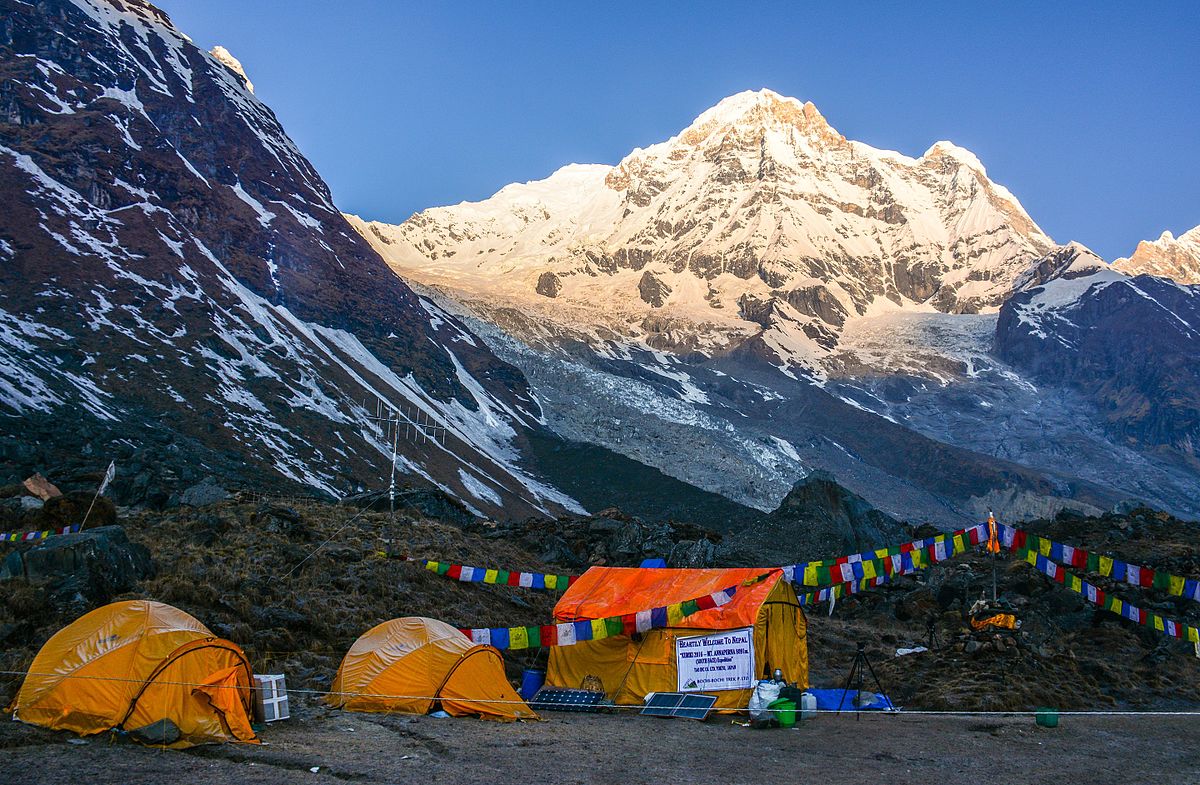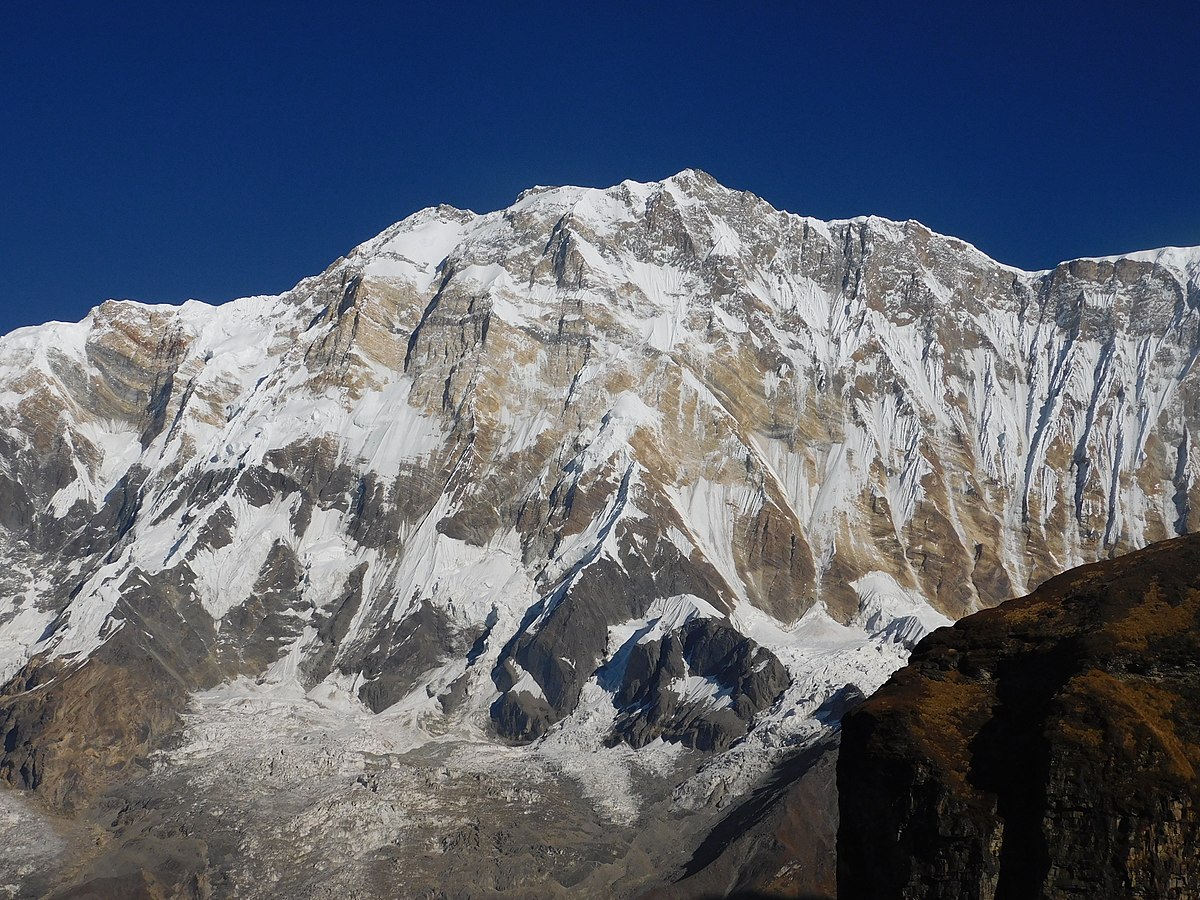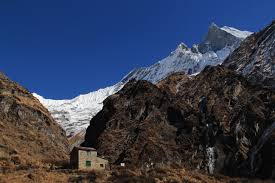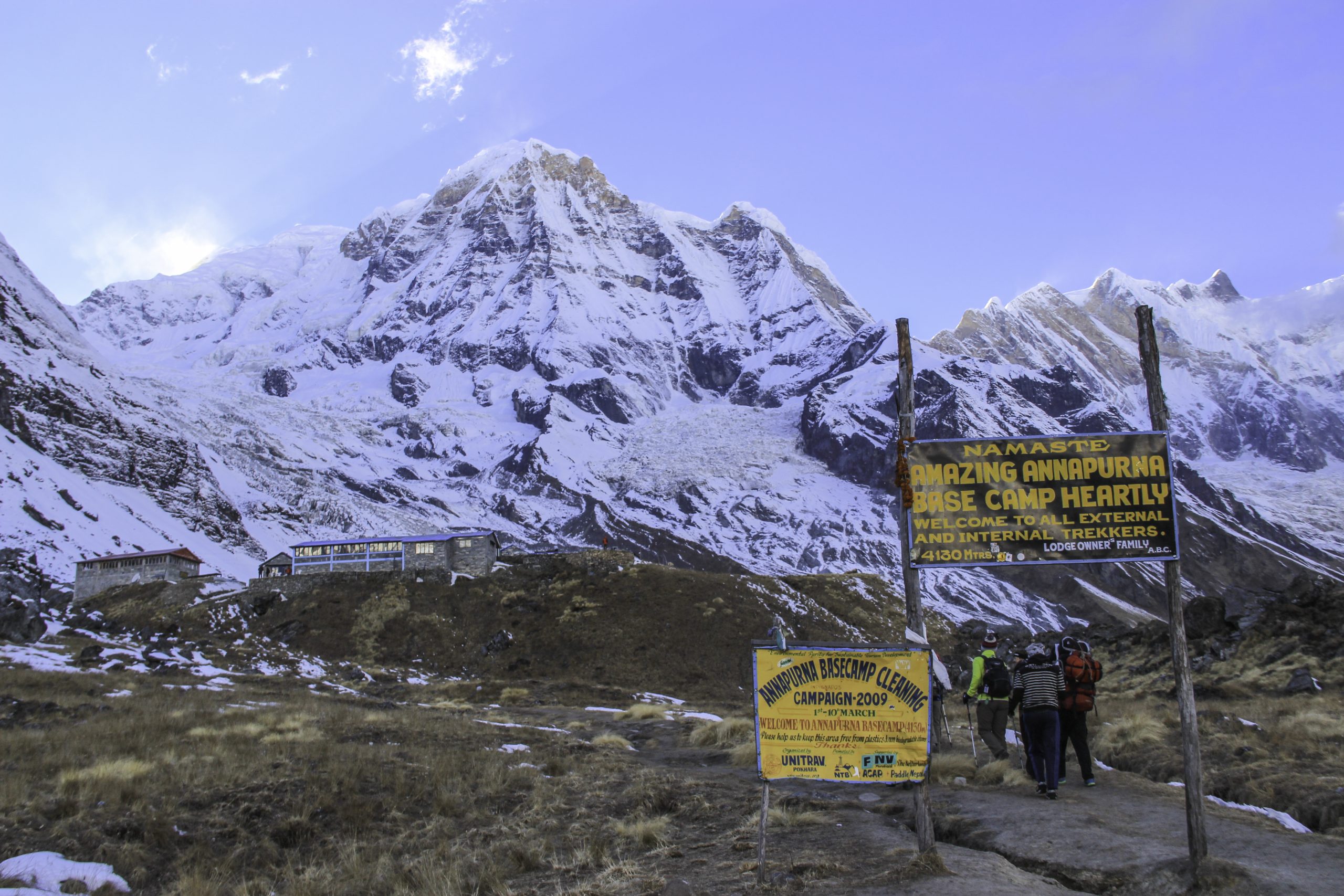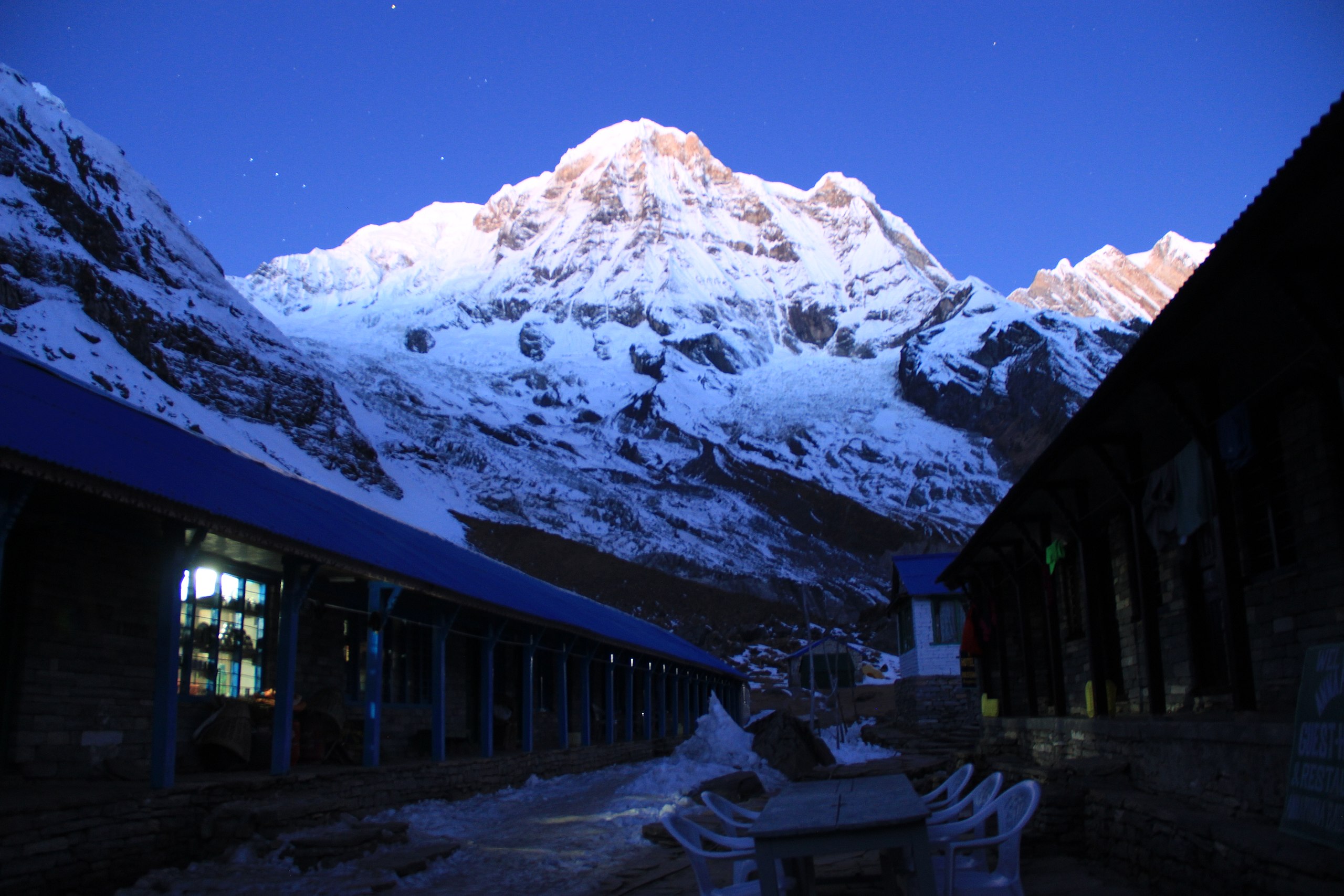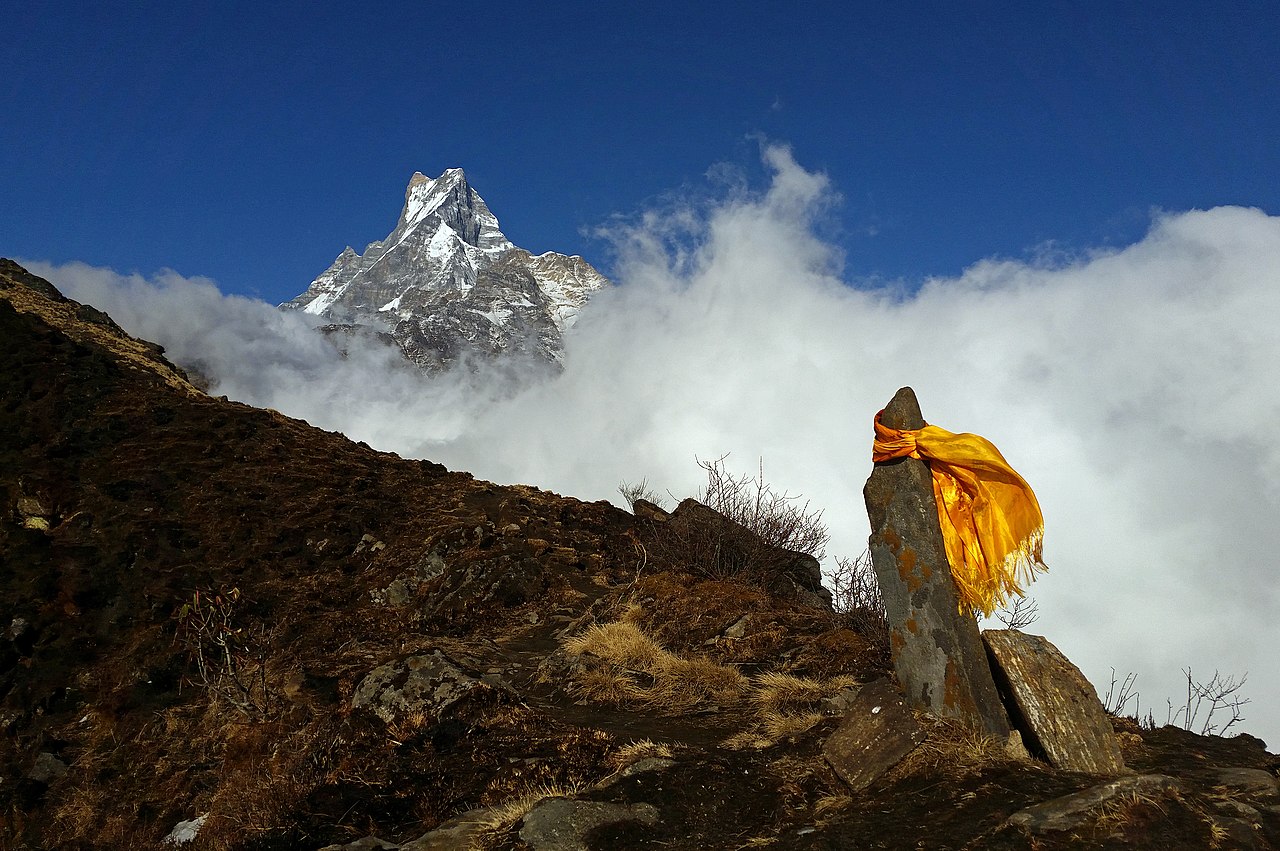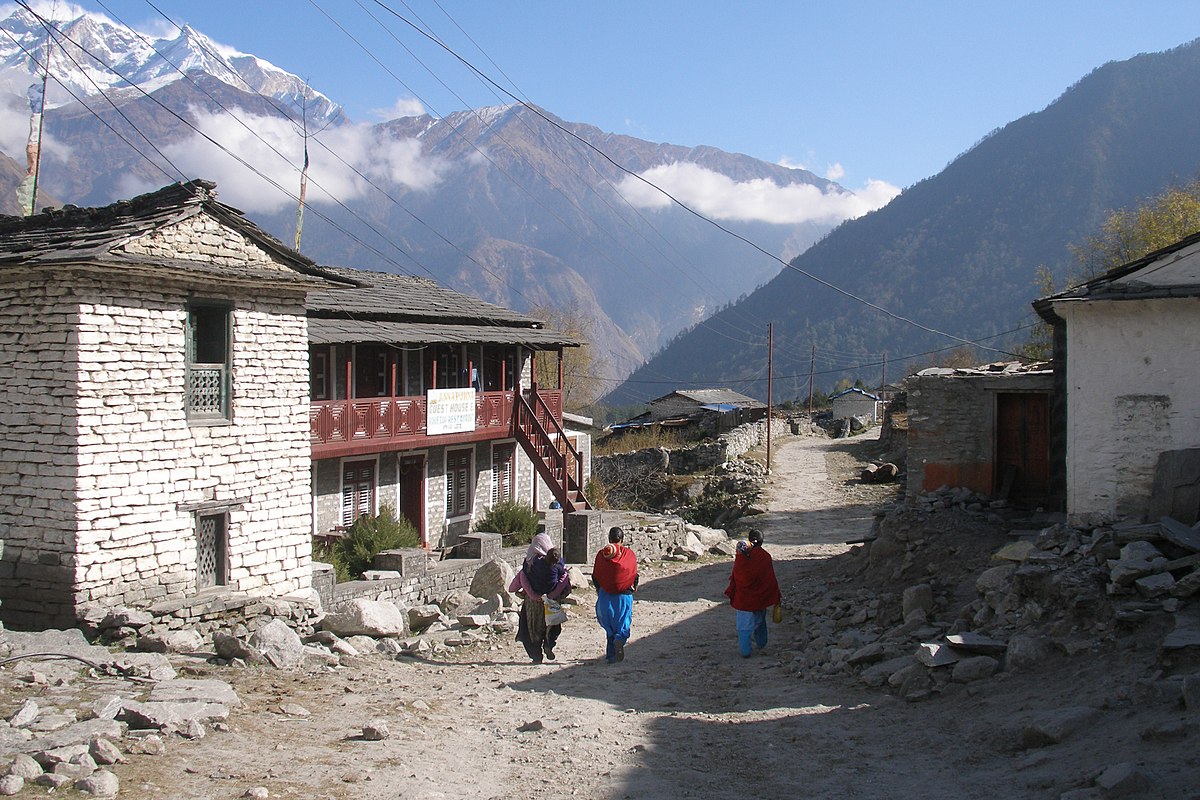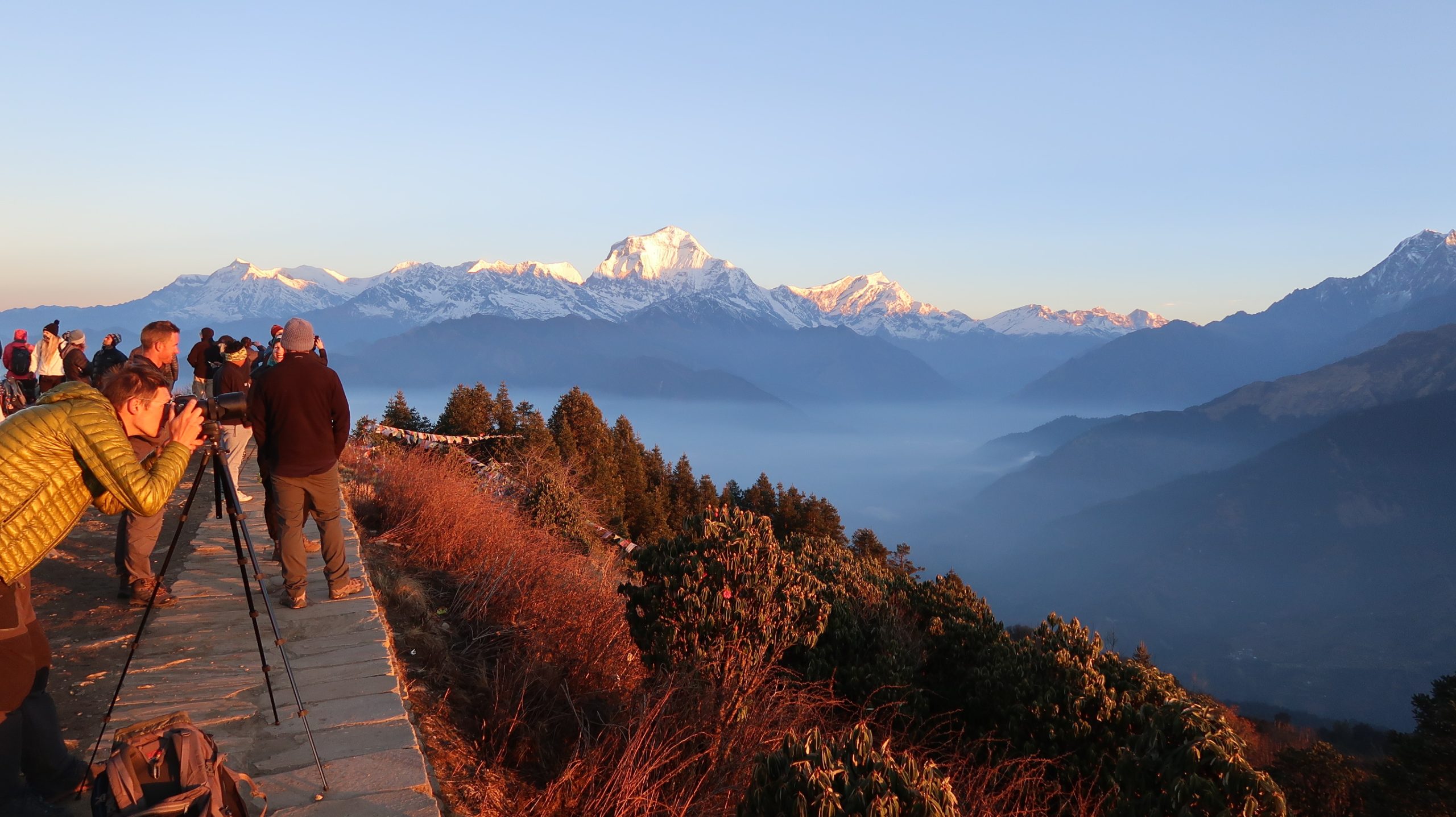Trip Facts:
Annapurna Base Camp Trek
$799
Altitude
4,130mAccomodation
TeahousesDestination
Annapurna RegionMeal
Lunch and DinnerWeather
ColdArrival:
Departure
Kathmandu, NepalDifficulty
StrenuousOverview:
Annapurna Base Camp Trek
The Annapurna Base Camp Trek offers a stunning journey through diverse landscapes, from lush forests and terraced fields to alpine meadows and glacial moraines. Trekking to Annapurna Base Camp allows travelers to witness breathtaking panoramic views of towering peaks, including Annapurna I, Machhapuchhre, and Hiunchuli.
Trip Highlights:
Annapurna Base Camp Trek
- Trekking through picturesque villages like Ghandruk and Chhomrong.
- Soaking in natural hot springs at Jhinu Danda.
- Experiencing the unique culture and hospitality of the Gurung and Magar communities.
- Witnessing sunrise over the Annapurna mountain range from Poon Hill.
- Reaching Annapurna Base Camp and being surrounded by towering peaks.
Trip Iterinary:
Annapurna Base Camp Trek
Arrival in Kathmandu Arrive in Kathmandu and transfer to your hotel. Meet your trekking guide for a briefing on the trek.
Drive to Nayapul and start trekking to Ghandruk, a charming Gurung village with stunning mountain views.
Trek from Ghandruk to Chhomrong, passing through rhododendron forests and terraced fields.
Trek to Bamboo Continue trekking to Bamboo, descending into the Modi Khola valley and then ascending to the village of Bamboo.
Trek from Bamboo to Deurali, passing through dense forests and alongside waterfalls.
Trek to Annapurna Base Camp via Machhapuchhre Base Camp Trek from Deurali to Annapurna Base Camp via Machhapuchhre Base Camp, with stunning views of the surrounding peaks.
Trek back to Bamboo descending from Annapurna Base Camp to Bamboo, retracing your steps along the trail.
Trek from Bamboo to Jhinu Danda, where you can relax in natural hot springs.
Trek from Jhinu Danda to Nayapul and drive to Pokhara, where you can relax by the lakeside.
Drive or fly back to Kathmandu from Pokhara, where you can explore the vibrant capital city or depart for your onward journey.
Included:
Annapurna Base Camp Trek
- Experienced trekking guide and porter(s)
- Permits and entry fees to the Annapurna Conservation Area
- Accommodation in teahouses during the trek
- Three meals a day during the trek
- Airport transfers in Kathmandu
Excluded:
Annapurna Base Camp Trek
- International airfare to and from Kathmandu
- Nepal visa fees
- Travel insurance (required)
- Personal expenses such as snacks, drinks, and souvenirs
- Tips for guides and porters
Frequently Asked Questions:
ABC Trek
The best time to trek to Annapurna Base Camp is during the autumn (September to November) and spring (March to May) seasons when the weather is clear and the skies are blue.
While altitude sickness is always a concern when trekking at high altitudes, the gradual ascent and proper acclimatization days built into the itinerary minimize the risk. It’s essential to listen to your body and communicate any symptoms to your guide.
There are no strict age restrictions for trekking to Annapurna Base Camp, but participants should be in good health and have a reasonable level of fitness. Children and elderly individuals may find certain sections of the trek more challenging and may require additional support or rest days.




